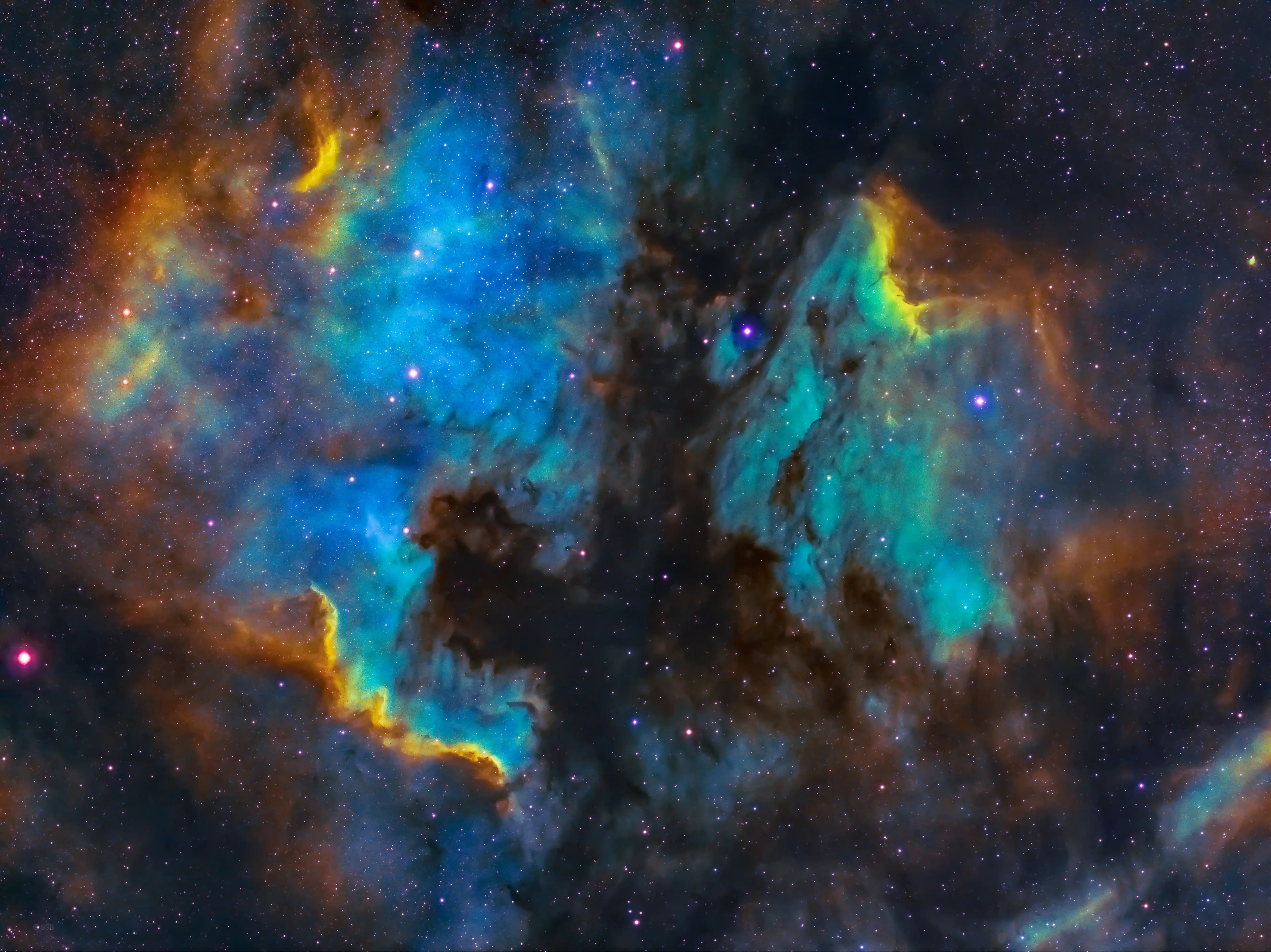
What is OCC4Sat?
OCC4SAT is a European project, aimed at developing new technologies in the space sector.
The core idea is to develop the OCC technologies, Optical Camera Communications, for intra-satellite communications between the organs of a small satellite. That’s the 4SAT part of the acronym.
A satellite is a complex autonomous machine, with many organs, typically a “brain” with the computing power, and several “arms and legs” which are for example a sensor for magnetic field, a detector for radiations in space, an attitude control device, etc etc.
The design variability is endless.
The Core Idea
The core idea of OCC4SAT is:
Optical wireless transmission between multiple light sources, transmitting data, and multiple receptors.
The redundancy allows for unprecedented reliability.
This technology allows for new design ideas
Typically, the architecture of a small satellite is what we here naively call a Spider architecture. A main bus, the body of the spider, holds all the computing power, and via wires, connects to the different organs via the spider legs
So, what do we offer here?
It happens that those wires have a weight. A typical Cubesat is labeled 1U to 6U by the number of multiples from a basic volume (the 1U) of 10x10x10cm. a 2U is a typical 20x10x10 shoebox.
The weight of wires, estimated around 2 to 5% of the satellite weight, might seem negligible.
However, there are a couple factors that come into play.
Challenges of Conventional Satellites
Tyranny of the Rocket Equation
First, the rocket equation. Every gram you add to the payload means you need extra fuel, and this fuel must be carried by a rocket.
Take an example, if you need 1 kilo of fuel to put 1 kilo in orbit, and now you want to put 2 kilos in orbit.
You don’t need 2 kilos of fuel, you need the fuel to put all this into orbit, including the fuel itself !
So instead of 1 kilo of fuel for 1 kilo of payload, assume you now have 2 kilos of payload. So, you need 2 kilos of fuel, right? Well, you carry your fuel with you, so you need to have the capacity to launch 4 kilograms. Meaning you need 4 kilos of fuel. And you must take off with those extra 4 kilos. This is an exponential curve, called the rocket equation.
In math terms, to obtain a certain “deltaV”, this is the Tsiolkovsky rocket equation.
Delta V is the maximum change of velocity (you need at best, on an ideal launch, 7.5 km/s deltaV to orbit). Ve is the “exhaust velocity”(Consider it being the quality of your engines). m0 is the initial mass you want to launch, mf is the dry mass(once all propellant is gone).
Now if you want a fixed deltaV to get into orbit, what is the wet mass you must launch?

As you can see, with a given engine, the wet mass (the propellant weight) grows exponentially with the desired deltaV. Without that deltaV, you don’t go to orbit. And the cost of the entire rocket goes up and up at each gram you add on the useful payload.
So the heavier the payload, the more critical a couple percent will be. ULPGC explained that in their introduction video.
Design Reliability
Space is hard. Things can happen. Outside the atmosphere, you can be subject to heavy radiation bombardment, which can destroy electronics. It happened and it will happen again.
Wires can act as antennas, collecting electrical charges from charged particles and sending currents through the system, causing at best data issues, at worst total breakdown of the system.
Our argument here is: no wires, no worries.
For OCC4SAT we use inexpensive multiple cameras, which all collect several light sources (each of them sending data from the “organ” they are attached to. Multiple light sources will be attached to each organ)
As seen above, the main thing in a satellite is not the volume, it’s the weight. Light, for the visible spectrum, can go through 400 nanometers gaps. Secondary reflections, like in a mirror, are totally possible. So with OCC4SAT, we have an opportunity to collect data inside the satellite, with double or triple+ redundancy, allowing us to select the good data from noise with extra confidence.
If something happens on a camera or a light source, There are plenty of backups.
ARGOTEC hinted at it in their introduction video.
Design Options & Power Consumption
OCC is a different technology. The core idea is to limit all wiring. From the “Spider design”, we can imagine inside-out designs. The “organs” have their own light source and power source and send their data to a decentralized “brain” (or brains), allowing many options which are not possible for now. Simulations will be done within the OCC4SAT project to show the possibilities.
An example of conceptual design of a “OCC4SAT” satellite is illustrated in the picture below, where Rx are cameras and Tx are the LEDs sending data. The gaps needed for light to go through can be submicrometer sized.

The Partners
The space people: Argotec
ARGOTEC is an italian based aerospace engineering company based in the beautiful city of Torino. On top of extensive expertise on “what does it take to get into space”, Argotec has had some heavyweight missions. For example, this footage, from the NASA DART mission, was made using an Argotec camera. https://twitter.com/Argotec_Space/status/1574781358110638089
The light technology people: Pi Lighting
Pi Lighting is a Swiss based company offering brainpower and research skills to customers, while developing their own skills and IP. Pi Lighting was one of the first to get into Light communication, with the LifiX patent back in 2016. Since then, light communication kept being a strategic objective, with several publications and patents in the subject. The technology details behind OCC were mostly co developed with ULPGC.
The lab and test people: ULPGC
University of Las Palmas in Gran Canaria has extensive experience in OCC, with strong measurement capabilities, and runs several projects in this field, some of them in collaboration with the current OCC4SAT partners. As a result, they are also the coordinators for this project.
The embedded electronics people: ERECA
ERECA France is a Lyon based electronics company, with main focus being embedded electronics. All the developed devices and solutions within OCC4SAT will require electronics, and they will be flying in space. So power consumption, reliability, data efficiency and volume will be critical, and some extra KPIs very specific to the space sector.
With this consortium, we believe we have the necessary and sufficient consortium to make this project a success.
OCC Tradeoffs
Optical Camera Communication, in bandwidth, is limited to the refresh rate of the cameras. So there is a cost calculation to be made for the use or not of this technology. Standard cameras on the open market start at $5 and 2W of consumption for an approximate 500 KB/s. This is sufficient in many cases, but there will always be some applications where you will need a fiber or a wire. This will be evaluated precisely in a cost sensitivity analysis.
Conclusion
OCC4SAT, Optical Camera Communication for Satellites, funded by EU and SERI/SBFI will help the larger Europe to take an edge on the new technologies for satellite design and lifetime, using inexpensive devices in a smart way. Fun, eh?


